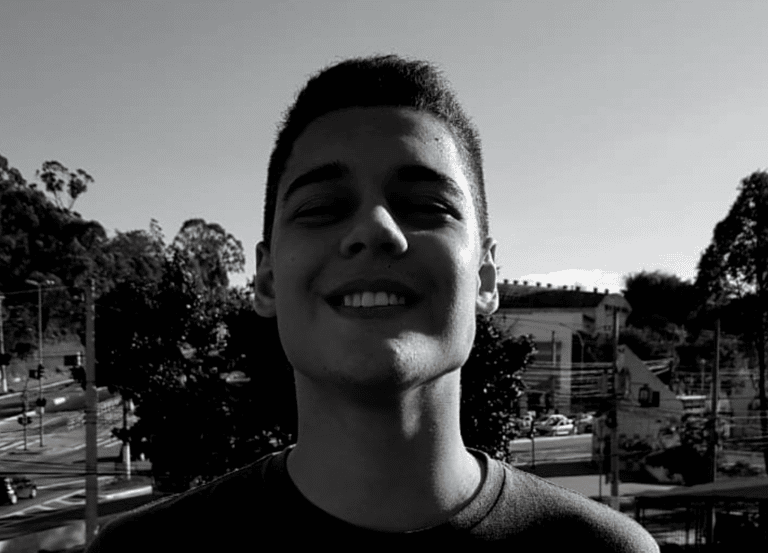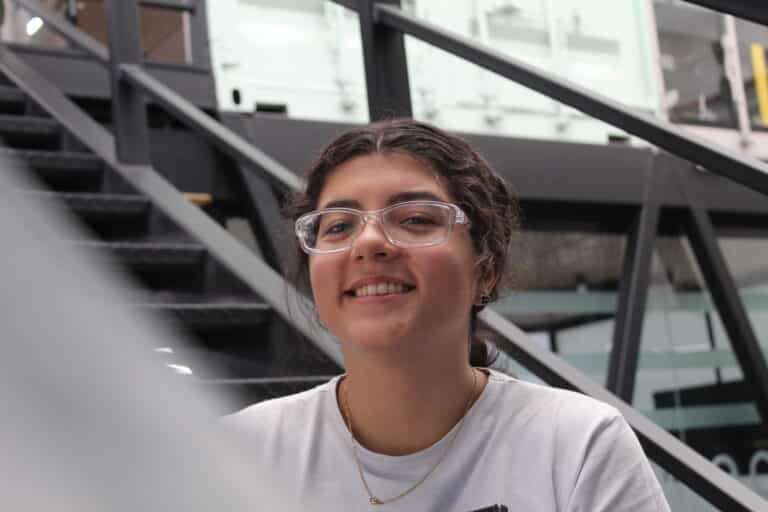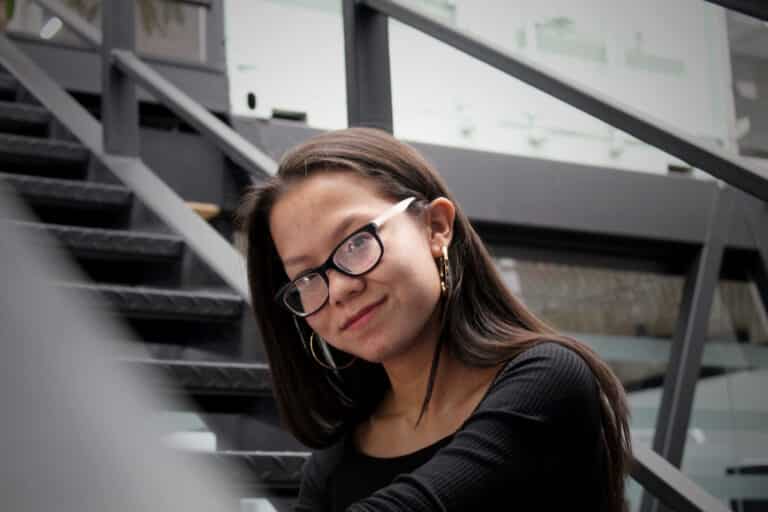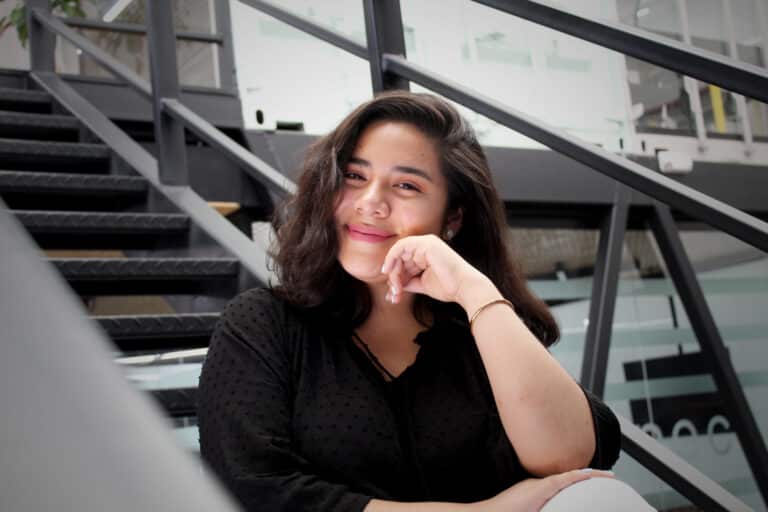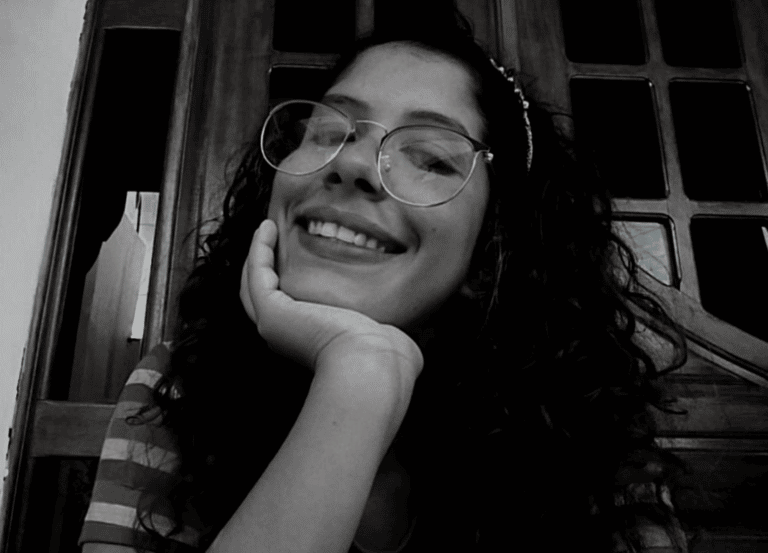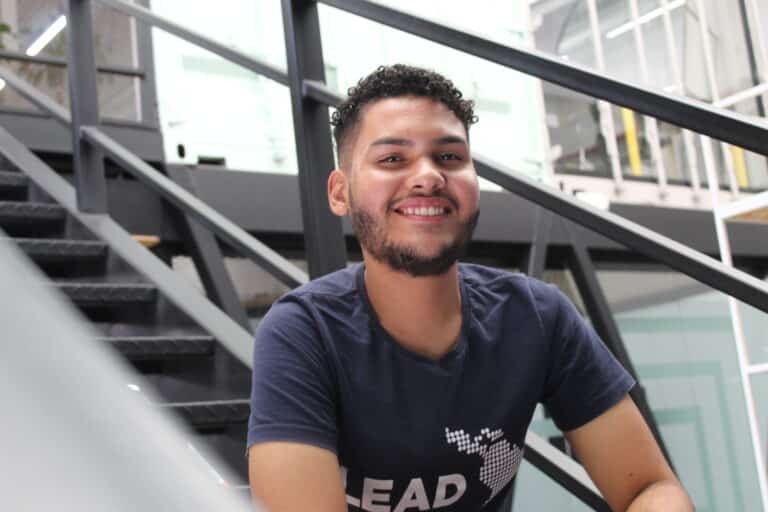Interview with Caio Lopes, a Math Olympics enthusiast who worked hard to get into LALA
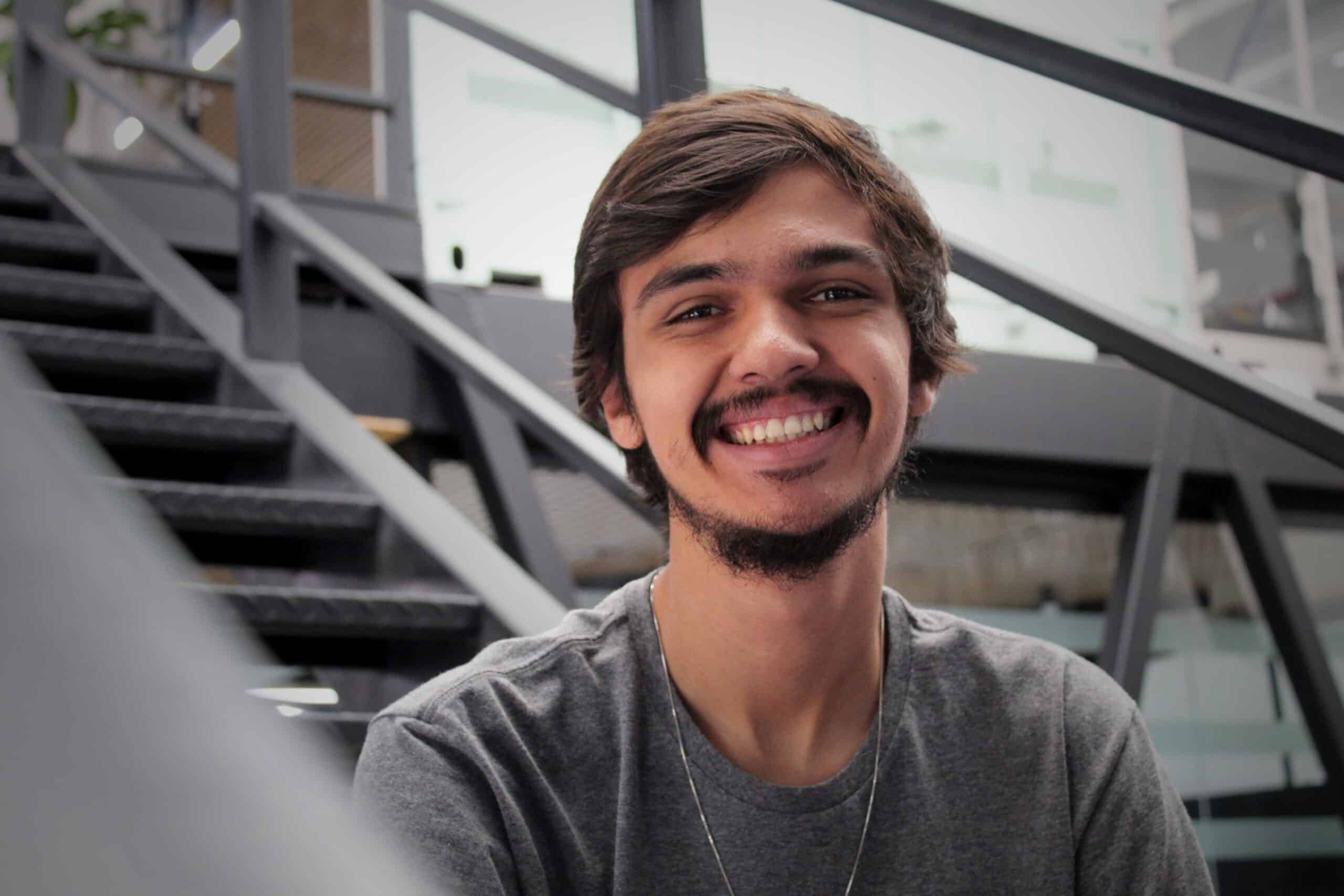
Participating in the Math Olympiads is a pretty impressive achievement, but Caio Lopes was not content enough with participating in the system. In fact, he and some of his friends saw flaws in how it worked, so they set out to create an Olympiad with a completely different structure that would benefit students more.
“My school is one of six private schools in Pindamonhangaba, and each one focuses on a different subject, and mine focuses on the Olympiad, although we didn’t like the Olympiad system that much,” Caio said. “So we thought, if we don’t like those olympiads we’re participating in, let’s create our own, and then we approached our math teachers to write the guidelines, build the tests, find sponsors, and that was the beginning.”
Some of those changes came from an organizational standpoint, such as changing the difficulty and size of the competition. Still, perhaps the most significant difference came in the form of prizes. While the government-run Olympics handed out medals, Caio and partner Arthur Sakashita realized that having more relevant prizes could have a positive impact on more people. In the first year of the OPiM competition, prizes included a watch, a kindle, and two bicycles, the funds for which came from donations. The second year of the competition garnered a one-year scholarship at Colégio Emílio Ribas, where Caio attended.
“Those awards are much more interesting than just a medal that says ‘Congratulations, you’re a good student,'” Caio said. “We saw the importance in that because, even though my classmates and I knew the benefits of studying more and doing these types of extracurricular activities, we wanted to help motivate public school students all over the city to participate in these activities. Sometimes you need a little push to do these things if you don’t see right away what it can bring you.”
In that same vein, Caio wanted to keep pushing himself to learn more and expand his perspectives, and eventually came across LALA when a friend said the bootcamp program was “so him.” Although he was not accepted into the first bootcamp he applied to, it actually motivated him even more, to be a part of the organization and experience the unique environment that many of his friends had told him about.
It’s really hard to determine what goes on inside LALA and why it’s so amazing, but it is,” Caio said, “So I already had this feeling. When I got rejected, I thought, ‘Wow, I have a lot of confidence, so if they rejected me, it’s because there are even more amazing people there, so I have to apply again and make it, and once I made it, LALA was just as amazing as my friend had described it to me.”
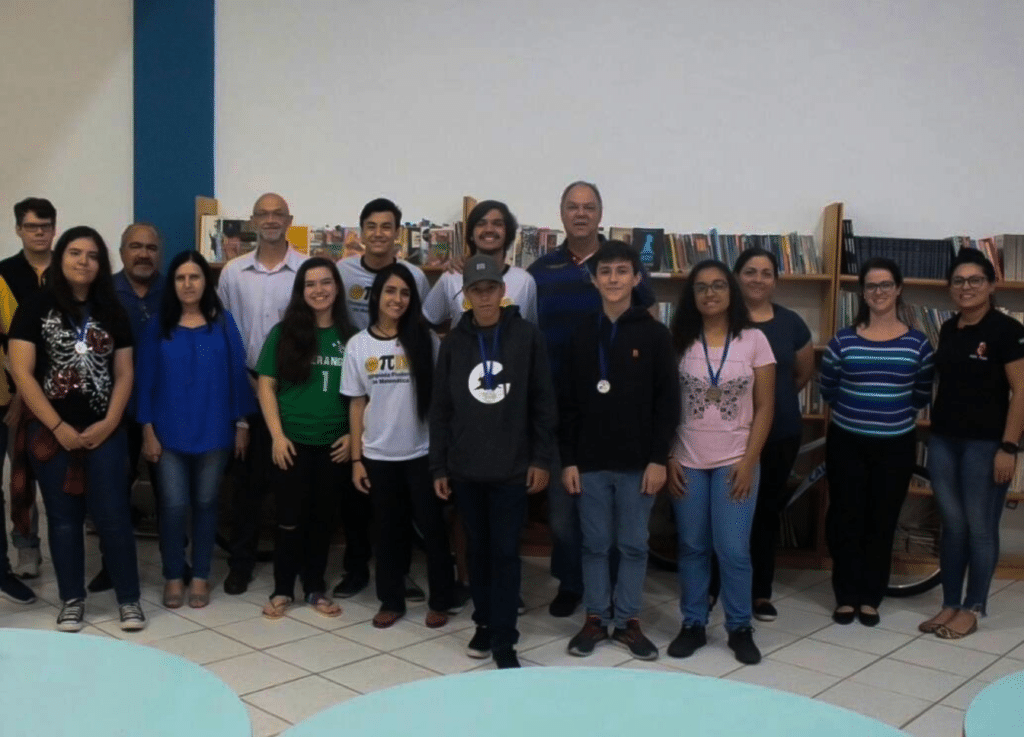
One moment, in particular, stood out in Caio’s São Paulo bootcamp experience. So much so that it has resonated with LALA staff, reminding the community of the beautiful fruit that can come from hard work. LALA CEO Diego Ontaneda was present at the bootcamp and approached Caio during one of the final activities. Knowing that Caio made a significant effort not only to be accepted but also to fundraise and save the money to attend, he asked him if it was worth it.
“I told him I would pay double,” Caio said. “That if they suddenly tripled the price, I would spend half a year working as hard as I needed to work to raise the money and come back. I think it was one of the best moments of my life. It was like when you know a professor well, but you think they might not even know your name, and all of a sudden, he’s acknowledging all my work and all my effort and validating the experience, and it was one of the best. feelings ever.”
At that point, Caio had officially drunk from the LALA fountain and would become one of its strongest advocates, as would his friends who experienced it before him and encouraged him to apply. After that bootcamp there was no doubt that Caio and LALA would have a lasting relationship, and it has continued as he joined the first cohort of the Academy. No one doubts that it will continue to flourish long after that concludes too.
